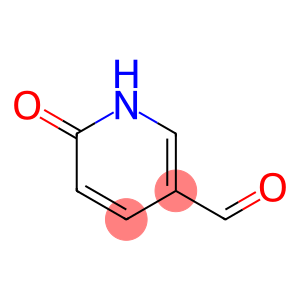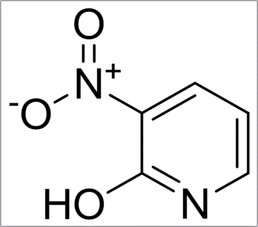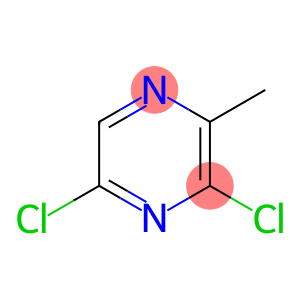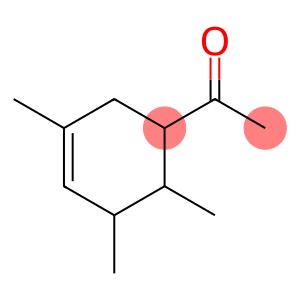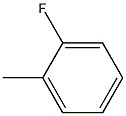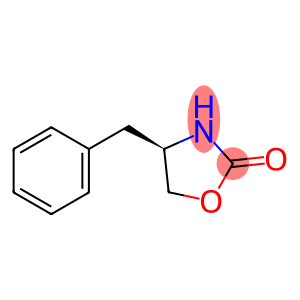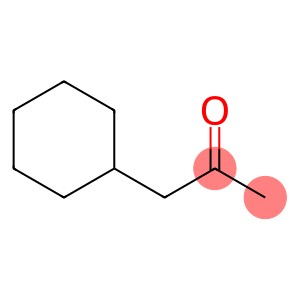2-HYDROXY-5-FORMYLPYRIDINE(CAS#106984-91-2)
Risk and Safety
| Risk Codes | R36/37/38 – Irritating to eyes, respiratory system and skin. R43 – May cause sensitization by skin contact R36 – Irritating to the eyes R22 – Harmful if swallowed |
| Safety Description | S26 – In case of contact with eyes, rinse immediately with plenty of water and seek medical advice. S36/37/39 – Wear suitable protective clothing, gloves and eye/face protection. S36/37 – Wear suitable protective clothing and gloves. |
| Hazard Class | IRRITANT |
Introduction
Nature:
-Appearance: White crystal or crystalline powder.
-Molecular formula: C6H5NO2.
-Molecular weight: 123.11g/mol.
-Melting point: 54-56 degrees Celsius.
-Boiling point: 125-127 degrees Celsius.
-Solubility: Soluble in ethanol, chloroform and dichloromethane.
Use:
2-Hydroxypyridine-5-aldehyde has the following uses in organic synthesis:
-As an intermediate in organic synthesis, used in the synthesis of other organic compounds.
-Used as raw material in drug synthesis.
Preparation Method:
2-Hydroxypyridine-5-aldehyde can be synthesized by the following methods:
-2-pyridinecarboxaldehyde is oxidized with hydrogen peroxide to obtain 2-hydroxypyridine-5-aldehyde.
Safety Information:
-2-Hydroxypyridine-5-aldehyde does not cause significant danger under normal conditions. However, as a chemical substance, appropriate laboratory practices and personal protective measures should be taken.
-Avoid inhaling, chewing or swallowing when in contact.
-In case of contact with skin or eyes, rinse immediately with plenty of water and seek medical help.
-Protect from light, moisture and fire during storage and handling, and dispose of waste properly.
In addition, understanding and compliance with local regulations and safe operating procedures is necessary to ensure the safe operation of the compound.


